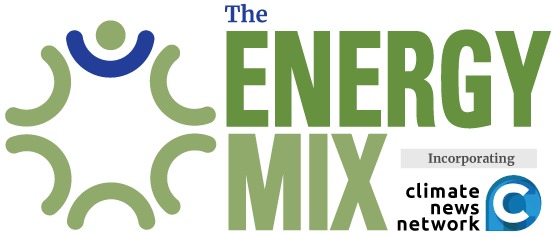Cities Face Extreme Heat, Disease, Inequality Under 3°C of Warming, Finds Report
Human existence at 1.5°C of warming will be grim, but life at 3°C would be far more severe, especially in cities and low-income countries, warns the World Resources Institute (WRI) in a new report.
Cities risk more frequent and prolonged heatwaves, a surge in cooling demand, and increased exposure to vector-borne disease, all by the end of the century, unless policy-makers urgently adopt science-based measures to limit global heating, finds a new report by the global research non-profit.
The warning aligns with the United Nations Environment Programme’s assessment [pdf] that Earth is on a trajectory toward 3°C of warming—absent any significant effort to reduce emissions.
WRI’s latest report outlines what this could mean for the world’s cities. The projections are bleak, especially in low-income countries, most of which have contributed little to climate change.
Sub-Saharan Africa is projected to suffer most, with its cities set to endure “multiple severe climate impacts, potentially simultaneously.” Not only will urban life be “far more hazardous” at 3°C of warming, it will also be “vastly unequal,” WRI warns.
Longer, More Frequent Heatwaves
The average duration of a heatwave jumps from 16.3 days at 1.5°C of warming to 24.5 days at 3°C, “with more than 16% of the world’s largest cities—home to 302 million people—exposed to at least one heatwave lasting one month or longer every year.” The Middle East and North Africa will suffer most, with the longest heatwaves lasting 36.3 days at 3°C of warming.
Extreme heat may also become more frequent. The average city would face 4.9 heatwaves each year at 1.5°C of warming, while 3°C of warming would see that figure jump to 6.4.
An increasing number of cities may face more than 10 heatwaves in any given year.
Vulnerable populations will suffer most, with the elderly, children, pregnant women, and the poor at particular risk.
Skyrocketing Demand for Cooling
At 1.5°C of warming, around seven million people across a handful of cities could face double their historical (1995-2014) cooling demand, finds WRI. But at 3°C of warming, some 194 million people could see the same doubling of demand.
Countries that remain heavily reliant on fossil fuels, and committed to air conditioning instead of passive cooling technologies, may struggle to meet their decarbonization goals even as they scramble to keep citizens cool.
And many countries are already struggling: “Only about 8% of the 2.8 billion people living in the hottest and often poorest parts of the world currently have air conditioning in their homes.”
More Mosquito-Borne Disease
At 3°C of warming, the incidence of arboviruses—those borne by mosquitos, ticks, and sandflies—like dengue, chikungunya, yellow fever, West Nile and Zika, “will likely increase worldwide” as days with optimal temperatures for their hosts become more common.
Again, low-income countries will suffer most.
While the incidence of malaria is likely to drop globally because malaria-transmitting mosquitoes are sensitive to heat, its range is projected to shift northward into cities in Europe, Central Asia, and North America.
3°C Warming Not Inevitable
“The future under 3°C of warming looks dire, but these data are only an estimate of effects for one pathway,” says WRI, adding that the technologies for a different pathway already exist.
What is urgently needed is the political will to slash emissions while making cities more climate resilient. All jurisdictions must “double down” on emissions reduction, invest in resilient infrastructure with a strong emphasis on nature-based solutions, improve collaboration between all levels of government, and be “data-driven”, WRI says.
And climate adaptation funding must increase sharply. “Adaptation needs for low-income countries are US$387 billion per year—10 to 18 times bigger than current international public adaptation finance flows,” the report states.
Cover photo: pxfuel






